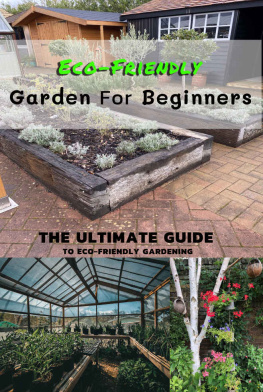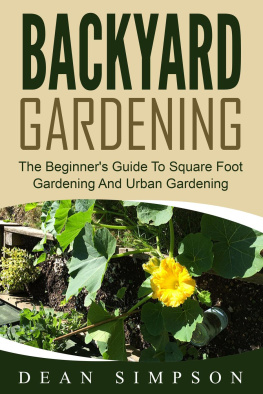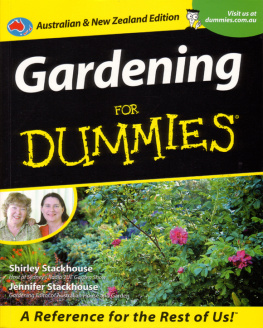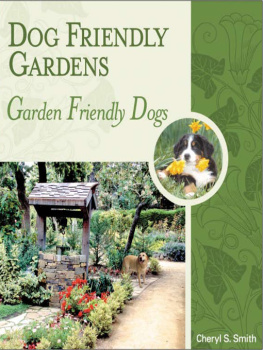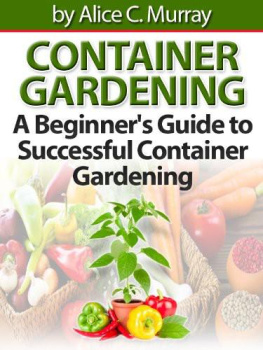Hammock - Eco-Friendly Garden For Beginners: The Ultimate Guide To Eco-Friendly Gardening
Here you can read online Hammock - Eco-Friendly Garden For Beginners: The Ultimate Guide To Eco-Friendly Gardening full text of the book (entire story) in english for free. Download pdf and epub, get meaning, cover and reviews about this ebook. year: 2020, genre: Children. Description of the work, (preface) as well as reviews are available. Best literature library LitArk.com created for fans of good reading and offers a wide selection of genres:
Romance novel
Science fiction
Adventure
Detective
Science
History
Home and family
Prose
Art
Politics
Computer
Non-fiction
Religion
Business
Children
Humor
Choose a favorite category and find really read worthwhile books. Enjoy immersion in the world of imagination, feel the emotions of the characters or learn something new for yourself, make an fascinating discovery.
Eco-Friendly Garden For Beginners: The Ultimate Guide To Eco-Friendly Gardening: summary, description and annotation
We offer to read an annotation, description, summary or preface (depends on what the author of the book "Eco-Friendly Garden For Beginners: The Ultimate Guide To Eco-Friendly Gardening" wrote himself). If you haven't found the necessary information about the book — write in the comments, we will try to find it.
Hammock: author's other books
Who wrote Eco-Friendly Garden For Beginners: The Ultimate Guide To Eco-Friendly Gardening? Find out the surname, the name of the author of the book and a list of all author's works by series.
Eco-Friendly Garden For Beginners: The Ultimate Guide To Eco-Friendly Gardening — read online for free the complete book (whole text) full work
Below is the text of the book, divided by pages. System saving the place of the last page read, allows you to conveniently read the book "Eco-Friendly Garden For Beginners: The Ultimate Guide To Eco-Friendly Gardening" online for free, without having to search again every time where you left off. Put a bookmark, and you can go to the page where you finished reading at any time.
Font size:
Interval:
Bookmark:
Eco-Friendly Garden For Beginners
THE Ultimate Guide To Eco-Friendly Gardening
Melissa Hammock
Copyright 2020 Melissa Hammock
All rights reserved.
ISBN: 9798671049664
DEDICATION
The author and publisher have provided this e-book to you for your personal use only. You may not make this e-book publicly available in any way. Copyright infringement is against the law. If you believe the copy of this e-book you are reading infringes on the author's copyright, please
Contents
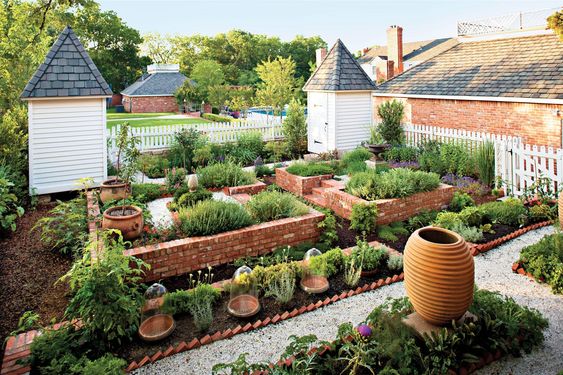
A reflection of the depletion of glaciers, the Glacier National Park in Montana, United States, has fewer than twenty-seven glaciers now, in comparison to over 150 glaciers in 1910. This is a decrease of about 87% in the number of glaciers [and that] In 2004, it was reported that Mount Everest, the highest peak in the world, is losing about 4 inches annually because of global warming.
These startling figures outline the global importance of combating climate change and reducing our individual carbon footprint. Indeed, in recent years there has been a broad range of ecologically responsible breakthroughs; such as affordable solar panels and biomass heating which individuals can utilise to reduce their total household energy wastage, as well as electric hybrid cars, which reduce the burning of hazardous fossil fuels for transportation purposes. However, despite these significant advancements, there are still many areas of modern life that are hazardous to the welfare of our planet.
For instance, many of the practices and tools used for modern day gardening purposes actually hinder the environment rather than support it. From synthetic fertilisers that contaminate natural soil reserves to inefficient watering systems that unnecessarily require the expenditure of more energy, all of these actions amount to a sizeable carbon footprint for each household.
Fortunately, there is a solution eco-friendly gardening. This green philosophy is primarily focused upon reducing the carbon dioxide emissions generated by inorganic gardening purposes, and upon increasing the livelihood of the wildlife by preserving existing ecosystems.
Organic gardening combats the main concerns of climate change; ever depleting water reserves, wildlife habitat destruction, loss of diversity and chemically contaminated produce. By replacing modern gardening practices with targeted plant care resources and water conservation methods, such as rainwater butts, drip irrigation systems, utilising grey water supplies and making compost from recycled household waste, it is possible to preserve local ecosystems for their residents, plant life and wildlife within the region.
How you can make a difference
By gardening with these organic, completely natural practices in mind, you can positively impact your local plants and wildlife. If more people garden in this manner, then it may be possible to support local, national and global ecosystems for many years to come.
Although eco-gardening may require you to replace your current outdoor practices with organic gardening methods, the rewards will be plentiful. With eco-gardening, every plant, crop or outdoor structure that you maintain will be for a particular purpose. This includes growing your own fruit and vegetables to sustain yourself with fresh, organic produce that is free of pesticides, to planting trees to equip yourself with future building materials as well as a plant that will absorb excess carbon levels. Unlike modern gardening practices that often only exist for stylistic, superficial purposes, with eco-gardening you will be able to take pride in your work and create a viable, aesthetically pleasing yet practical ecosystem for future generations.
Regardless of whether you are a gardening novice or a seasoned horticulturist, whether you have a small back garden or vast acres of land, you can enjoy the benefits of eco-gardening practices. Irrespective of whether you wish to create a maintenance-free outdoor space or if you intend to spend hours cultivating the garden allotment of your dreams, by adopting the eco-friendly gardening practices that are demonstrated throughout this guide you can take pride in the fact that you are sustaining your family with natural produce and materials in addition to safeguarding your local, national and global ecosystem for the future.
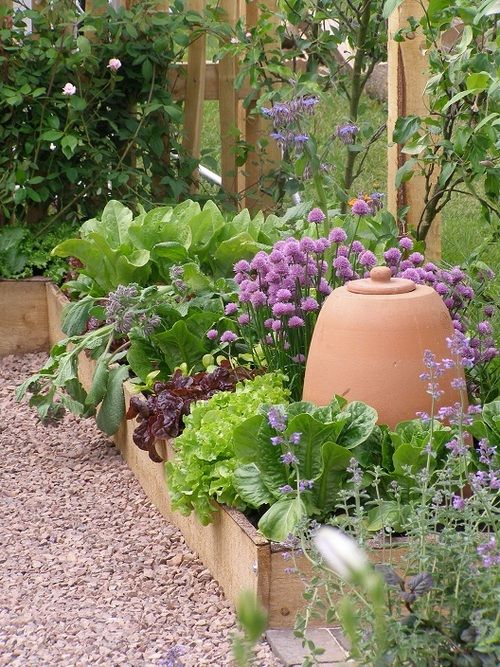
For many years there has been a public assumption that any garden is eco-friendly because plants absorb harmful carbon dioxide emissions and give out oxygen. However, this is not the case. Unfortunately there are many processes that occur within modern gardening practices that are responsible for releasing hazardous greenhouse gases into the atmosphere. If gardeners wish to pursue organic gardening and begin reducing their carbon footprint then they must first be aware of these harmful processes in order to rectify them. Consequently, this section of the guide will outline some of the most environmentally damaging aspects of modern gardening practices and highlight how eco-friendly gardening can substantially reduce their carbon dioxide emissions:
Synthetic fertilisers & manure: Although synthetic fertilisers containing nitrogen may accelerate the growth of your plants, they will have been manufactured via the Haber Bosch process; a system that depends upon converting methane from natural gas into hydrogen. Carbon dioxide emissions are a detrimental side effect of this process and as such synthetic fertiliser distribution is one of the main contributors to greenhouse gas emissions. Similarly, using manure as compost will also release methane into the atmosphere, thereby exacerbating the effects of global warming.
Despite the complexities of this issue, the solution is quite simple; make your own compost. Not only will making your own compost save you money and recycle your general household and garden waste, but it will also ensure your fertiliser is 100% organic and prevent harmful methane gases being emitted during the manufacturing process.
Peat-based compost: Naturally occurring peat bogs absorb a sizeable amount of carbon dioxide from the atmosphere and prevent it from damaging our atmosphere. Unfortunately, by purchasing compost that contains peat you are depleting these natural resources and diminishing the Earths ability to efficiently absorb greenhouse gases. Given that approximately half of all the compost sold within Britain contains peat, you should only ever buy compost that bears a certified no-peat label on it.
Fortunately, there are many non-peat based compost products currently available that you can purchase from your local gardening stores. Out of all these products, one that reaps the best growing results is coir-based compost. Coir is a type of waste product generated whilst processing coconut fibre. Even though this coir-based compost must be shipped across the world to be used, its shipping methods create minimal levels of transportation-induced carbon dioxide emissions. As such, by swapping your peat-based compost or potting soil for coir-based alternatives you will be significantly reducing your carbon footprint as well as accelerating the growth of all your plants.
Inefficiently heated greenhouses: If you frequently heat your greenhouse, your carbon footprint will be greater than it needs to be. This is due to the fact greenhouses are very rarely fitted with double glazing and they have good ventilation to support plant growth. This lets out excessive amounts of heat. Therefore, unless you are depending upon a renewable energy source to heat your greenhouses you will be inadvertently generating excess carbon dioxide emissions.
Font size:
Interval:
Bookmark:
Similar books «Eco-Friendly Garden For Beginners: The Ultimate Guide To Eco-Friendly Gardening»
Look at similar books to Eco-Friendly Garden For Beginners: The Ultimate Guide To Eco-Friendly Gardening. We have selected literature similar in name and meaning in the hope of providing readers with more options to find new, interesting, not yet read works.
Discussion, reviews of the book Eco-Friendly Garden For Beginners: The Ultimate Guide To Eco-Friendly Gardening and just readers' own opinions. Leave your comments, write what you think about the work, its meaning or the main characters. Specify what exactly you liked and what you didn't like, and why you think so.

